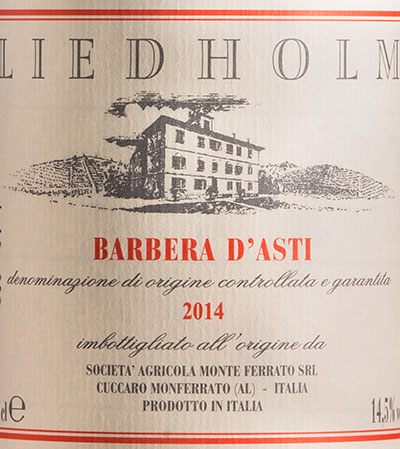Officially approved as DOC since 1970, the Controlled Designation of Origin guaranteed the “Barbera d’Asti” which was established in 2008 and is reserved to red wines in the following typology: “Barbera d’Asti” and “Barbera d’Asti” Superiore.
These areas of production can be found in the provinces of Asti and Alessandria.
The red wine grape variety almost certainly originally from Montferrat is the most cultivated of the region and represents about 30% of Piedmonts’ vineyards.
The origins of this grape are very old, even going back as far as the Middle Ages. However, the first documents that bear witness to this only date back to a few centuries ago. In fact, the first formal trace of Barbera are found in documents dating back to the 17th century which are preserved in the Nice Montferrat Municipality.
Official mention is made only in 1798 at the first ampelography of vines that are cultivated in the Piedmont territory, this was accomplished by Count Nuvolose, Deputy Director of the Agricultural Society of Turin. “Powerful wine, still quite sharp but rich with an exquisite perfume and a flavour that combines strength with finesse” , the Barbera is one of the most noted and appreciated in all of Italy for the generosity of its alcoholic characteristics.
A medium late-maturing grape, it is collected between the end of September and half of October. It is fermented mostly in its purity, but is versatile and allows to obtain very different styles and interpretations of wines able to guarantee excellent evolution over time.
Its first poetic bard was Giosuè Carducci who wrote the “Generous Barbera” (“Generosa Barbera”), capable of making the person who drinks it feel strong. More recently, Cesare Pavese wrote about this wine in one of his letters defining it as “… legendary”.





